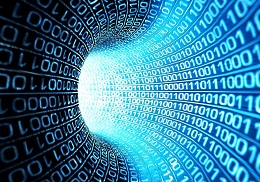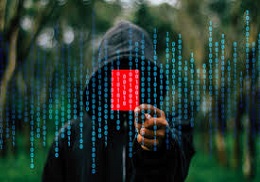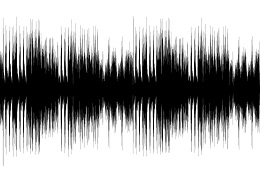
Near field communication (NFC) is a short-range wireless connection that allows for sharing data between several devices, as well as accessing great part of information and carrying out commercial transactions only by approaching our credit card to a compatible reader.
4 july 2016
GSM association expects by 2017 that global payments through NFC will rise in 1.3 millions US dollars. Currently, this technology is present in many peripherals that we use everyday but, what is NFC and which are its practical applications?
Near Field Communication (NFC) is a wireless technology based in the ISO 14443 protocol on identification of proximity cards or without contact that allows for interchanging data between several devices. Its main characteristics are the following ones:
- Wireless connection: similar to the connection of other technologies such as WiFi or Bluetooth but with a shorter range, generally between 10 and 20 centimetres. Its short range allows for avoiding possible security problems such as the reading of our transmission.
- Connection speed: almost immediate connection with a transfer rate that can reach 424 Kbit/s.
- Autonomy: the chips included in NFC technology do not need to be connected to a main battery.
- Three ways of functioning: from equal to equal (two devices share data back and forth), reading/writing (a device picks up information from another in a passive state) and card imitation (NFC activates in a card without contact).
Nowadays, tickets for concerts or public transportation bonuses can already be acquired by using NFC as a payment method
Practical applications
Near field communication can be used for commercial or domestic purposes. The basic premise is that there is an information exchange between, at least, two devices. Some of its more frequent uses are the following ones:
- Identification: only by approaching our transportation bonus or car keys to a compatible scanner with NFC technology.
- Data collection/exchange: as complementary technology or alternative to QR we can download in our mobile phone the information on a specific product by approaching the phone to the product. Also, thanks to the NFC technology, we can share archives with other people. In the following video we can see a tutorial on how to use Android Beam, the NFC application developed by the known operative system for mobile phones.
3. Commercial transactions: its main advantages are its ease of use and that the charge can be associated to our bill or bank account. Nowadays, tickets for concerts or public transportation bonuses can already be acquired by using NFC as a payment method.
Near field communication also favours creativity; it is only necessary to contact a phone with NFC and a compatible tag to start developing our own applications by following the example of the ones that already exist, such as Trigger, NFC Tools and WifiTap Wifi NFC.











